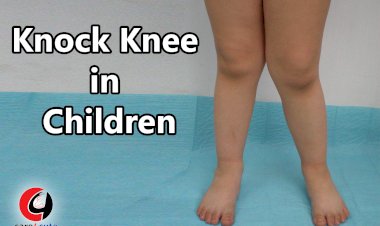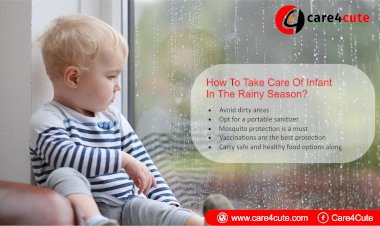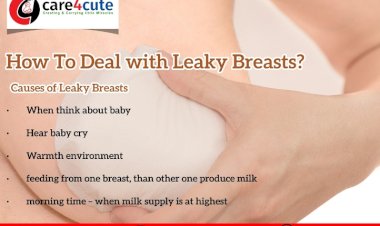Best massage oil for your baby


Most mums massage their baby with oil every day either before or after giving them a bath. It’s a nice traditional custom to continue because there’s evidence that massage can benefit both you and your baby. And using an oil can make massage both easier for you and more relaxing for your baby.
Which massage oil is safe for your baby?
You can use either a vegetable oil or a mineral baby oil to massage your baby. Unless your baby has a rash, or particularly dry or sensitive skin, there’s no strong evidence to suggest that one type of oil is much better than another. Some oils appear to be more easily absorbed by the skin, but the research seems to find that there’s not a lot of difference between them.
Which massage oil you should use if your baby has dry or sensitive skin?
The following oils are all thought to be good choices for massaging dry, sensitive skin:
Vegetable oils that are high in polyunsaturated fats
These are oils that are high in a substance called linoleic acid. Linoleic acid is a fatty acid that may help to protect the skin barrier and is thought to be gentle on your baby’s sensitive skin.
Vegetable oils that usually contain high levels of linoleic acid include:
- pure refined sunflower seed oil
- grapeseed oil
- safflower seed oil
Unperfumed mineral oil (baby oil)
Unscented (perfume free) baby mineral oils are another good option to use on dry or sensitive skin. It’s best to avoid perfumed products .
Coconut oil
Coconut oil is another oil that is widely available and used in India. Some research suggests that it may help to improve the moisture and appearance of dry skin.
Which oils are not good for your baby’s skin?
If your baby has dry, sensitive skin, eczema or broken skin, it is best not to use either mustard oil (sarson ka tel), clarified butter (ghee) or olive oil (jaitoon ka tel) to massage your baby.
- Olive oil, gheeand mustard oil are high in oleic acid. Oleic acid can make some layers of your baby’s skin more permeable. This means that applying oils containing oleic acid could make your baby’s skin even more dry and tender.It is possible that you have already used ghee, olive or mustard oil for your baby’s massage and not seen any dryness or other reaction on her skin. These are very popular massage oils and maybe, they have not affected your baby’s skin badly because you have washed off the oil well during her bath. Most research on oleic acid and how it affects the skin assumes that the oil stays on the skin for long. But watch your baby’s skin carefully for signs of dryness or irritation. If you see any, try a different oil that is more suited to babies’ delicate skin.
If your baby’s skin becomes red, itchy, sore or flaky after using a particular oil on your baby’s skin, then stop using it immediately.
Should you massage your baby with oil before or after a bath?
Using mineral oil after a bath will help the skin retain moisture, by slowing water evaporation.
Should you use oil in hot and humid weather?
Some experts believe that if oil remains on the skin in hot weather, it can block pores and trap in sweat. They feel it works similarly to applying oil after a bath, it traps in the moisture. But if the skin stays moist with sweat in hot and humid weather, it can cause a heat rash.
BASIC RECOMMENDATIONS FOR CHOOSING A BABY OIL
- Use a base oil that is known to be gentle enough for your baby’s skin.
- The IAIM continues to recommend an unscented vegetable oil, preferably organically grown and cold pressed if possible. All vegetable oils have different chemical compositions and properties and recent research indicates that any oil with high oleic acid content (ie. olive oil) should not be used on a baby’s skin as it could affect the infant’s immature skin barrier.
- Test the temperature of the oil before starting the massage by dipping the tip of your elbow into it, just like you do for bath water. The oil should feel pleasant, not hot before you use it on your baby.
- Test the oil on a patch of your baby’s skin the first time you make it. Watch that area for at least 24 hours to see if your baby reacts to any ingredients in the oil. If there is any redness, irritation or dryness, do not use that oil for your baby’s massage and consult your doctor.
Some families add fresh cream (malai), gram flour (besan) and turmeric (haldi) to oil to make a paste. Using raw milk may not be a good idea as there’s a risk of infections from it. Raw milk can carry bacteria which cause diarrhoea or TB. Also, the coarse nature of gram flour may cause slight scratches and abrasions.
- Choose massage oils of reputed brands with ISI and AGMARK certification. Loosely sold or unbranded oils could give your baby skin infections. If your baby accidentally ingests such oils, it may cause a stomach infection.
- Don’t put any oil in your baby’s nose, eyes, navel or ears. Although it is a common practice in India, putting oil in these places can be harmful and lead to infections.
- Use gentle, upward strokes when massagingyour baby. Applying pressure to your baby’s head will not make it round or pressing the shins will not make them straight.
- Whichever oil you choose, read the label and store it carefully. Mineral oils may have a use-by date, whereas vegetable oils may have a best-before date. This refers to their use for cooking rather than skincare, but may give you some idea of how long they last.
If you’ve hired a maalishwali for your baby, speak to her about these things. Some maalishwalis may also make their own oils and insist on using them, but it’s best to be cautious. Some of these home-made oils may have herbs, additives or ingredients that may not be safe for babies.

 Dr. Preeti Mittal
Dr. Preeti Mittal 





































Comments (0)